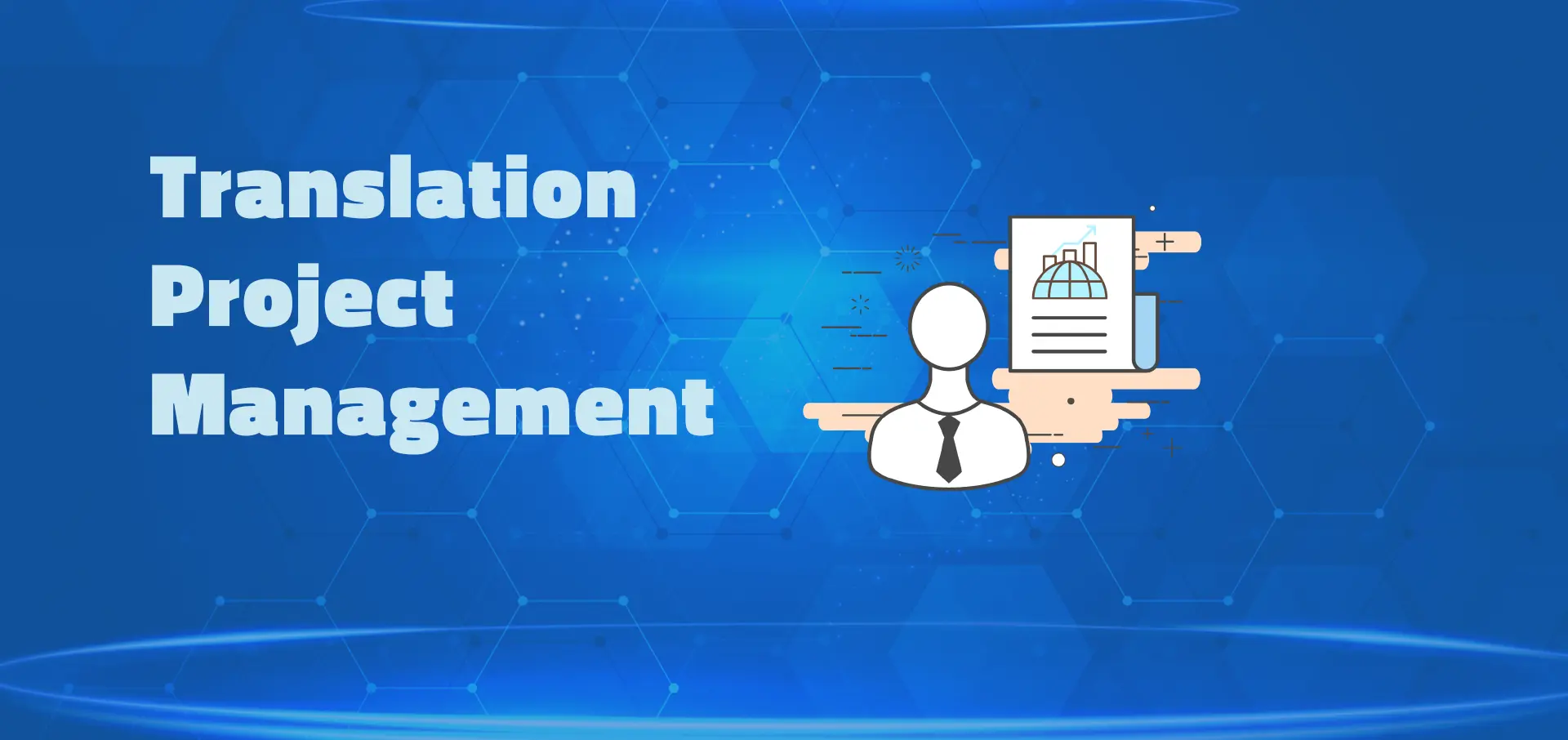
Are you looking to improve the efficiency and success of your translation projects? Look no further! In this guide, we will walk you through 7 proven steps to master translation project management.
So, let's get started and unlock the secrets to a successful language translation management.
Table of contents
This guide will provide you with the project management tools and information you need to take your translation projects to the next level.
This includes defining the project's scope and needs, as well as selecting the best team and tools to deliver high-quality translations on time and on budget.
Whether you're a seasoned pro or just starting out in the world of translation project management, these steps will help you streamline your workflow, increase collaboration, and ultimately deliver better results for your clients.
How to plan project management for translation
The first step in any translation project is to assess the client's needs. This includes determining the target languages, the type of content that needs to be translated, and any specific requirements or constraints that need to be taken into account.
Once these details have been established, the project manager can create a project plan outlining the steps that need to be taken to complete the project on time and within budget.
- Budget allocation for the project
- Define the scope and requirements
- Team and responsibilities
- Find the translators
- Define the project plan
- Review the work
- Translation delivery

1. Budget allocation for translation projects
The translation project's budget should be established early in the planning phase. This will help to ensure that adequate resources are given for the project and that possible cost overruns are detected and handled before they occur.
Generally, the costs of a translation process can be as follows:
- Cost of required tools and software (licenses) project managers' and translators' fees
- Continuing costs for tasks such as translation, editing, proofreading, and formatting, as well as quality assurance, testing, and localization.
- The cost of any required equipment, technology, additional services, and travel charges.
- Costs for any required software integration, third-party vendor services, training, and legal and regulatory needs.
2. What is required in the project
Defining the scope and requirements of a translation project is crucial for ensuring that all stakeholders have a clear understanding of the project's expectations. This includes determining: The types of content that will be translated, whether it is text from a website, a document or any other file.
The target languages for the project and taking into consideration the unique characteristics of each language. The expertise of the translators needed for the project, such as subject-matter experts, depending on the content's industry.
3. Define who is responsible for which tasks in the project
A project team should be assembled, with clear roles and responsibilities assigned to each team member. This includes identifying a project manager or coordinator who will oversee the project, as well as translators, editors, and any other team members who will be involved in the project.
4. Find the translators
One of the most important aspects of translation management is selecting the right translators for the job.
The project manager will need to assess the translators' qualifications, experience, and expertise to ensure that they have the right skills to handle the content that needs to be translated.
These professionals will also need to coordinate with the translators to ensure that they are aware of the project's timelines and deliverables.
5. Define the project plan
Another key aspect of translation project management is managing the timeline and budget of the project. This includes setting deadlines for each stage of the project, such as translation, editing, and proofreading, and ensuring that these deadlines are met.
The project manager will also need to monitor the progress of the project and take any necessary steps to keep it on track.
6. Review the work
Quality assurance is also a critical part of project management in translation. The professionals will need to ensure that the final translated content meets the client's expectations and is of high quality.
This may involve conducting a review of the translated content, or working with a team of editors and proofreaders to ensure that the content is error-free and accurate.
7. Translation delivery
The final translated content should be delivered to the client in the appropriate format and in a timely manner. Any necessary final adjustments should be made at this time, and the project should be closed out according to the project plan.
Streamline your translation project with a tool
For a translation project, the management can be essentially improved with following features:
Translation management
Allows customers to post and manage their content under a single dashboard, as well as collaborate with and assess translators' work.
In-context editing
This feature enables users to modify translations directly within the context of their website or application, which can assist verify that translations are accurate and suitable.
Machine translation
This technology uses machine learning algorithms to automatically translate text, saving time and effort.
Translation memory
Remembers previous translations and offers them when comparable information is encountered, so ensuring consistency and reducing the need for retranslation.
Versioning
Allows users to keep track of changes to translations over time and, if necessary, roll back to previous versions.
Analytics
Provides information on how translations are used and how people interact with them, which can aid in the localization process.
Locize, the management system for translations and localization, is designed to interact with a wide number of platforms and tools, including website builders, content management systems, and software development kits.
Locize: What is it
Locize is a cloud-based translation management system that enables teams to cooperate on website and app localization.
To help with the localization process, it includes capabilities like machine translation, translation memory, and terminology management. It also has an API and integration possibilities for a variety of development frameworks and platforms.
Locize is also a localization software that provides a variety of features for managing and translating website and application content.
Now we'd like to hand it on to you:
Do you have a plan for your translation workflow or project?
We can handle the project more efficiently if we work together.
If you are already experienced with integrating our solution into your technology stack, we are now offering a 14-day free trial period. Simply join our platform below to get started!
Conclusion
To summarize, translation project management is a difficult process that necessitates precise organization and attention to detail.
Coordination with translators, management of timetables and budgets, and ensuring that the final result fulfills the client's expectations are all part of the job.
Translation project managers may help guarantee that localization projects are finished on time and under budget, while also ensuring that the end result is of high quality by following the best practices and utilizing the appropriate tools.
To increase the accuracy and efficiency of the translation process, the translation industry is facing rule-based automation and artificial intelligence.